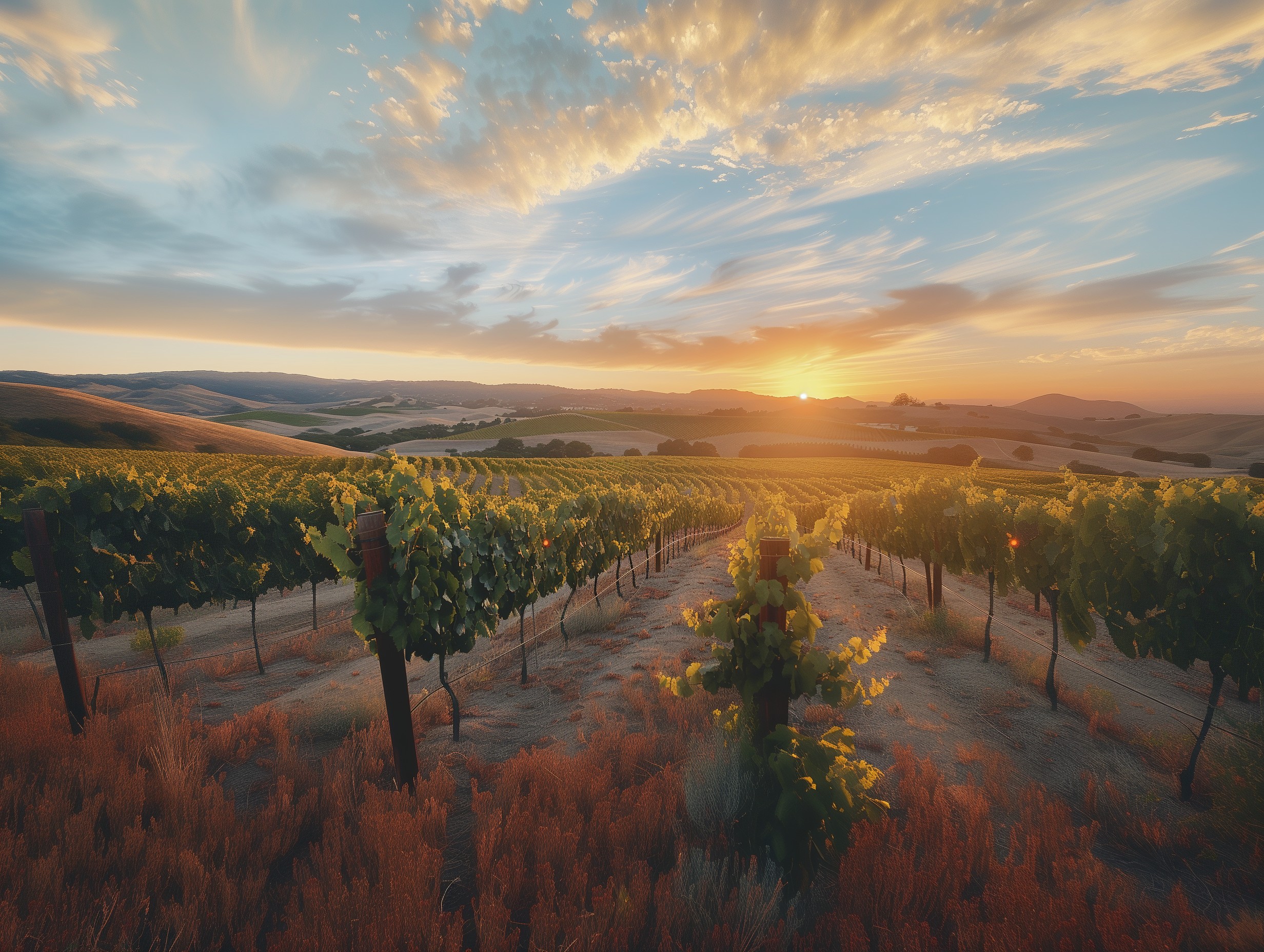
Exploring the Rich History of California Wines
The birth of wine culture in California
California has a rich history when it comes to wine culture. The birth of wine culture in California can be traced back to the late 18th century when Spanish missionaries brought vine cuttings with them and started planting vineyards for sacramental wines. However, it was not until the mid-19th century that commercial winemaking began to flourish in the region. Early pioneers like Agoston Haraszthy recognized the potential of California's climate and soil for growing grapes and producing high-quality wines.
Prohibition and its effects on California wineries
Prohibition had a devastating impact on California wineries. From 1920 to 1933, the production, sale, and transportation of alcoholic beverages were banned nationwide. This meant that many wineries in California were forced to shut down or switch to producing grape juice or other non-alcoholic products. Some winemakers even resorted to smuggling their wines or operating underground speakeasies during this period. The repeal of Prohibition marked a turning point for the California wine industry as wineries slowly began to recover and resume their operations.
The renaissance of the California wine industry
The renaissance of the California wine industry can be attributed to several factors. In the mid-20th century, a group of pioneering vintners emerged who focused on quality over quantity and introduced innovative techniques such as cold fermentation and oak barrel aging. Additionally, advancements in viticultural research led to better understanding of optimal grape varieties for different regions within California. The establishment of American Viticultural Areas (AVAs) further helped promote specific appellations known for producing exceptional wines. Today, Californian wines are renowned worldwide for their diversity, quality, and innovation.
California Wine Regions: A Guide
Napa Valley: The Crown Jewel
Napa Valley is often regarded as the crown jewel of California wine tasting. Located in Northern California, this region is home to some of the most prestigious wineries in the state. The warm climate and fertile soil create ideal conditions for growing grapes, resulting in high-quality wines that are renowned worldwide. Napa Valley offers a diverse range of wine varieties, including Cabernet Sauvingon, Chardonnay, and Merlot. Visitors can explore numerous vineyards and indulge in wine tastings while enjoying breathtaking views of rolling hills and picturesque landscapes.
Sonoma County: Diversity and Excellence
Sonoma County is known for its diversity and excellence when it comes to wine production. Situated adjacent to Napa Valley, this region boasts a wide range of microclimates that allow for the cultivation of various grape varietals. From cool coastal areas to warmer inland valleys, Sonoma County offers an array of terroirs that contribute to the unique characteristics found in its wines. Winemakers here take pride in producing exceptional Pinot Noir, Zinfandel, and Sauvingon Blanc among other popular varietals. With over 400 wineries spread across the county's vast landscape, visitors have plenty of options for exploring different tasting rooms and experiencing world-class hospitality.
Central Coast: Emerging Stars
The Central Coast region has emerged as one of California's up-and-coming stars in the world of wine tasting. Stretching from Santa Barbara County all the way up to San Francisco Bay Area, this expansive area encompasses several distinct AVAs (American Viticultural Areas) with their own unique climates and soil compositions. The Central Coast produces a wide variety of wines ranging from crisp Chardonnays to robust Syrahs thanks to its diverse terroir. Winemakers here are known for their commitment to sustainable practices and innovative techniques, resulting in high-quality wines that reflect the region's natural beauty. Visitors can enjoy stunning coastal views while exploring boutique wineries and discovering hidden gems along the scenic wine trails.
The Art of Wine Tasting: A Beginner's Guide
Understanding the basics: Sight, Smell, and Taste
California Wine Tasting is an experience that engages all the senses. When it comes to understanding the basics of wine tasting, sight, smell, and taste play a significant role. The first step in evaluating a wine is observing its color and clarity. A white wine can range from pale straw yellow to golden amber, while red wines can vary from light ruby to deep purple. Swirling the glass gently helps release the aromas, allowing you to appreciate the bouquet of scents. As you raise the glass to your nose, take note of any fruity or floral notes as well as any hints of oak or spice. Finally, take a small sip and let it coat your entire palate before swallowing or spitting it out if desired.
Decoding wine labels: What to look for
Decoding wine labels can be overwhelming for beginners at California Wine Tastings but knowing what to look for makes it easier to navigate through various options available. Start by identifying key information such as the grape variety used in making the wine and where it was produced. In addition to this basic information, pay attention to other details like vintage (the year when grapes were harvested), appellation (specific region where grapes were grown), and alcohol content percentage which gives an idea about its strength. Understanding these elements will help you make informed choices based on your preferences.
Wine tasting etiquette: Do's and Don'ts
When participating in California Wine Tastings events or visiting wineries for tastings sessions there are certain etiquettes one should follow both as a sign of respect towards winemakers' efforts and also fellow attendees' experiences. Firstly always treat each pour with care by holding onto stemware rather than touching bowl part during swirling process. Secondly, avoid wearing heavy perfume or cologne that may interfere with others' ability to smell wine properly. Additionally, it's considered polite to refrain from chewing gum or eating strong-flavored foods right before a tasting session as this can impact your taste perception. Lastly, remember not to criticize the wine openly even if you don't like it. Instead, focus on sharing constructive feedback in a respectful manner.